
Editor's Note: This story originally appeared on NewRetirement.
There are many guidelines around on how to draw down your savings in retirement (the 4% rule, the multiply-by-25 rule), but what if you don’t have to spend your savings?
You can generate retirement income with dividend stocks. Dividends can provide a steady stream of cash without having to dip into your principal.
However, there are many pros and cons of dividend stocks for retirement. Are they right for you? Following is a look at the pros and cons of dividend stocks for retirement savings.
The rules have changed

Most retirement savings strategies tell you to invest in stocks when you’re young and bonds when you get close to retirement. For example, the “Rule of 100” says you should subtract your age from 100 and the answer is the share of your money you should invest in stocks.
So if you’re 25, 75% of your money should go into stocks and 25% should go into bonds. And when you’re 55, 45% of your money should go to stocks and just over half should go to bonds.
But these rules make a lot of assumptions, most of them based on investing wisdom from the 1980s. One assumption is that stocks are a lot riskier than bonds and that bonds offer steady income rather than just gaining in value.
In reality, over the last 30 years, stocks have become a lot less risky for retail investors who are able to invest in funds that own stocks in a diversified portfolio. Dividend stocks in particular can be an interesting solution for retirees, especially those interested in boosting regular income.
What is a dividend stock?

Dividend stocks are shares of companies that pay investors some of their profits at regular intervals (usually quarterly). Not all companies pay dividends on their stock, so not all stocks are dividend stocks.
Investopedia defines dividends as, “A dividend is the distribution of a company’s earnings to its shareholders and is determined by the company’s board of directors. ”
Now, let’s get into the pros and cons.
Pro: Dividend stocks can be a great source of passive income for retirement

When it comes to retirement, passive income is the way to go. Passive income is money that comes in the door with little or no work.
Pro: Income from dividends are flexible

Your dividend income is flexible. You can:
- Reinvest, which is ideal when you are focused on accumulating assets.
- Save the dividends into another asset class, which is ideal if you need to bulk up an emergency fund for example.
- Spend the dividend as is often the plan for retirees.
Pro: Dividend stocks are usually also value stocks

Stocks that pay dividends are shares of companies that make money. That means they have a steady profit they share with shareholders, and they’re probably not going out of business any time soon. This makes them a somewhat safer, less risky option for retirees.
Value stock definition: A value stock has a low price relative to the company’s income and the dividends it pays. (The opposite of a value stock is a growth stock — like some tech stocks. Growth stocks typically don’t pay dividends, but they grow rapidly.)
Benjamin Graham, the “father” of value investing, said way back in 1949 that investors should buy stocks of profitable companies that have at least 20 years of reliable dividends. These companies have been paying a steady dividend for at least 50 years, and most of them you’ve known since you were born:
- The Coca-Cola Co. (dividends since 1920)
- Colgate-Palmolive Co. (dividends since 1895)
- Hormel Foods Corp. (dividends since 1928)
- Johnson & Johnson (dividends since 1963)
- Lowe’s Companies (dividends since 1961)
- Stanley Black & Decker (dividends since 1876!)
Value stocks that pay dividends are sometimes called “dividend heroes” because they are reliable providers of value in markets that can sometimes be rollercoasters, riding high and sinking fast.
Con: Dividend stocks are usually more expensive than investments in other companies

Dividend stocks are great in concept. Who wouldn’t want to share in the profits of a venerable company and earn passive income?
The problem is that a lot of people know they are great and that can inflate the price of the stock, making what seems like a great investment not a great investment.
Pro: Income as well as asset growth (invest once, profit twice)

Dividend stocks provide steady income, but the value of the stock is likely to rise over time as well. So, there is a double benefit to dividend stocks. Your money can potentially grow in two different ways.
However, it is important to note that typically the stock price for dividend-paying companies grows more slowly than other kinds of stocks if at all.
Pro: Dividend stocks can help you hedge inflation
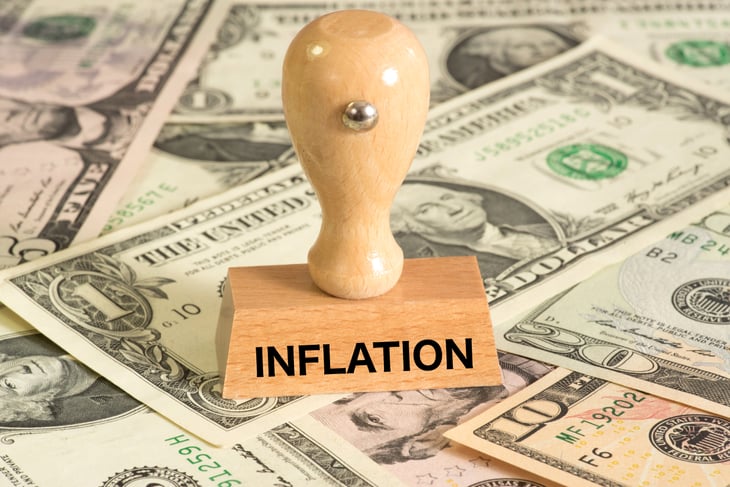
You can’t predict the future, and speculation is not wise at any stage of your investing life. However, it is not uncommon for dividends to increase over time. These increases can help your retirement income keep pace with inflation.
Forbes recently published a list of 10 inflation beating dividend stocks.
Con: Individual stocks can be risky, even if they’re value stocks

For decades General Electric was a “blue chip” stock, meaning it was reliable and paid a consistent dividend. If you bought $100 of General Electric stock in 1970 and sold it in 2016, it would have returned more than 21% per year, and your final net worth (assuming dividend reinvestment) would be $784,703.30.
Blue-chip stock definition: Blue-chip stocks are shares of industry leaders in mature industries that produce consistent profits and dividends.
On the other hand …
The Great Recession forced General Electric to sell its lucrative financial services division and exposed the company as an unnecessarily big, complicated organization with a lot of hidden debts.
Its CEO from 2001 to 2016 stepped down, and his replacement served less than two years before another replacement was brought on board to right the ship. Then the COVID-19 crisis hit, demolishing one of GE’s last profitable businesses: airline engines.
Today GE stock is worth only a fraction of what it was 10 years ago, and its dividend has been slashed.
Con: You need to choose your dividend investments carefully

You may be purchasing a stock because you want the anticipated dividends, but you are still plunging money into an investment and you don’t want to overpay. You want to make sure that the stock represents a good value.
Being fairly knowledgeable about investing or having a good adviser by your side is important if you want to invest in dividend producing stocks.
Con: Dividend stocks are usually in utilities, banks and old-line industry

Many dividend stocks are in sectors that make a lot of money on products that people need, like energy, financial services and consumer goods. This can produce a lot of cash income, but it can also mean your companies are in some pretty narrow buckets.
When the oil industry crashed at the beginning of 2020, a formerly reliable dividend stock like ExxonMobil slashed its dividend in half. If all your dividend stocks were shares of oil companies, you’d have lost a significant chunk of your income.
Consider your diversification needs before investing.
Pro: You can get great dividend diversification with mutual funds and ETFs
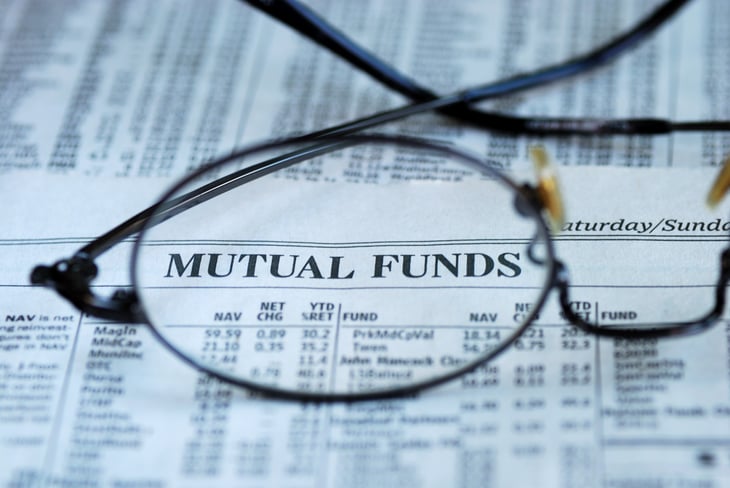
There are many dividend- and income-focused mutual funds and exchange-traded funds (ETFs). Vanguard, Charles Schwab and Blackrock all offer high-dividend ETFs and mutual funds that either have a broad focus, like the highest dividend stocks in the S&P 500 index, or a narrow focus, like real estate companies.
The dividend yields on these funds average 3% and can be as high as 9%. And the risk that an individual company falls on hard times is mitigated by the other companies in the fund.
You can also diversify sector risk by owning several sector ETFs or mutual funds, or by owning an index fund that focuses on dividends but owns hundreds of companies in every sector.
Note: Be sure to know and understand the costs associated with a dividend producing fund. They are typically higher than the fees inherent in regular funds.
Con: Stocks are generally riskier than bonds and other fixed-income assets

The fates of individual companies depend on a lot of factors, and no one except a professional stock analyst can do enough research to pick the long-run winners from the losers.
On the other hand, the most reliable bonds — U.S. Treasurys — are considered “risk-free” because no one in the world expects the U.S. government to default on its debt obligations, which is exactly what a U.S. Treasury bond is.
Con: Asset allocation can be tough to figure out
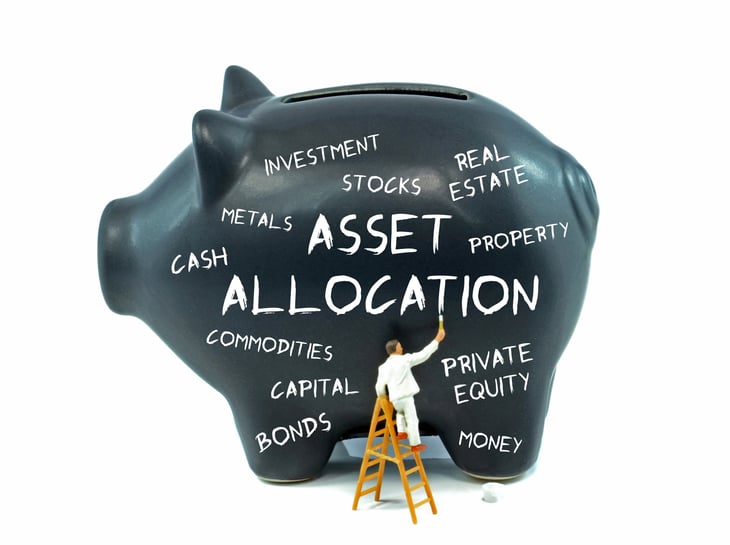
What’s the right mix of dividend-producing investments and hedges against market volatility? Unfortunately, that depends on your risk tolerance.
Pro: Dividends can have tax advantages
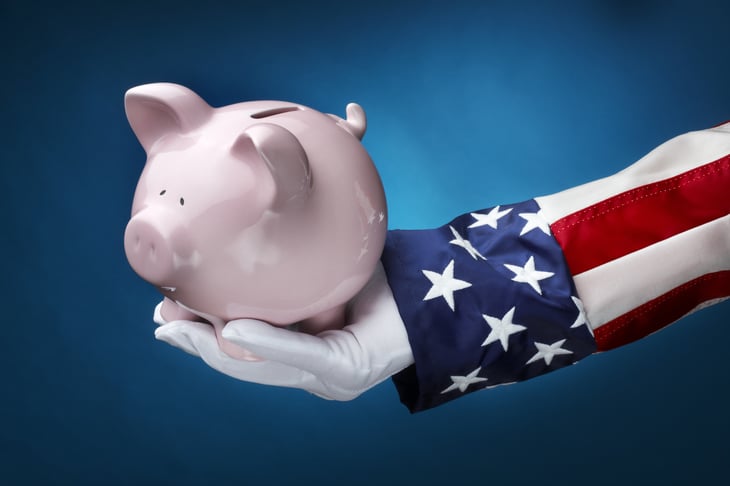
Dividends paid by companies can either be classified as income or capital gains. According to the IRS, “Whereas ordinary dividends are taxable as ordinary income, qualified dividends that meet certain requirements are taxed at lower capital gain rates.”
The difference between the two rates can be a lot. If your regular income puts you in the top U.S. tax bracket, you pay 37% — more than a third — to Uncle Sam. On the other hand, if you own companies that pay qualified dividends, your top tax rate on that money is only 20%. Especially if you are reinvesting that money into buying more stock, the difference in returns over 10 years can be enormous.
You can do research to see what companies pay qualified dividends and which don’t. The rules according to the IRS are:
- The dividend must have been paid by a U.S. company or a qualifying foreign company.
- The dividends are not listed with the IRS as those that do not qualify.
- The required dividend holding period has been met.
As with most stock investing, the easy way to guarantee your dividend stocks pay qualified dividends is to buy them in bulk in an ETF or mutual fund. (Vanguard has a list of its qualified dividend ETFs here.)
Even if you don’t own companies that pay qualified dividends, if you own those companies in a Roth IRA or Roth 401(k), the dividends income grows tax-free. And if you are thinking about a Roth conversion for your traditional IRA or 401(k), the NewRetirement Planner can help you strategize the best time to convert to minimize your tax burden.
Con: Double taxation
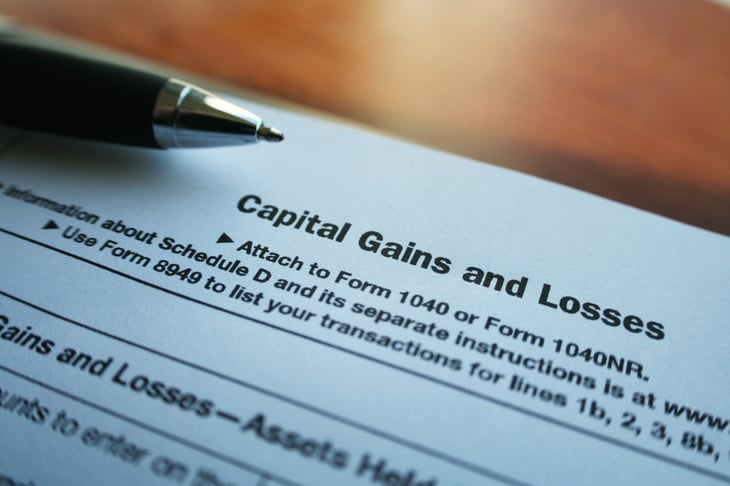
Some experts criticize dividend producing stocks because dividend payments are taxed twice. Taxes are paid by the corporation and you, the investor, must pay personal income tax on dividends earned over the course of a given tax year.
Con: Dividend policies can change over time

Dividends are not guaranteed by a company. It is possible for them to change or even eliminate their dividend policy.





Add a Comment
Our Policy: We welcome relevant and respectful comments in order to foster healthy and informative discussions. All other comments may be removed. Comments with links are automatically held for moderation.